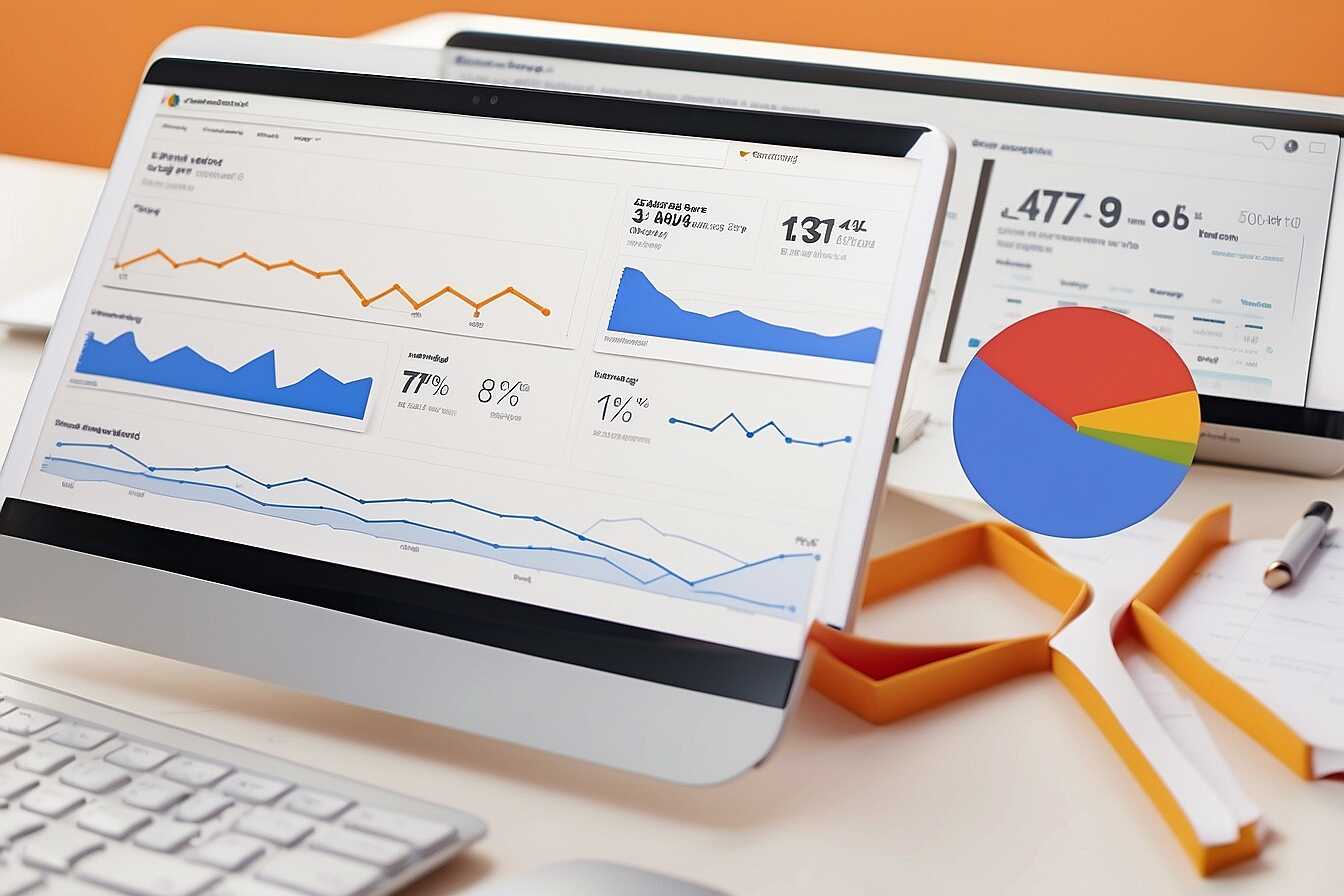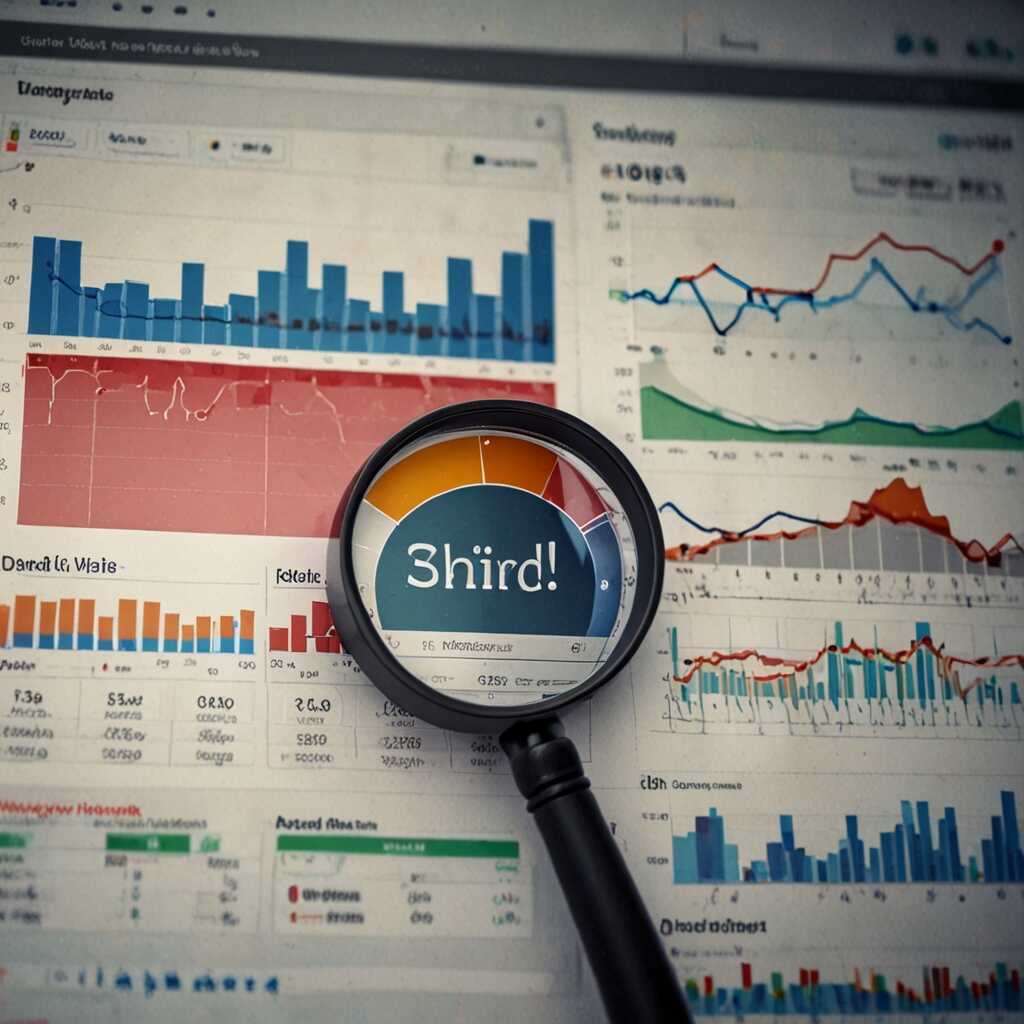Conducting a backlink audit and removing toxic links is essential for boosting your SEO rankings. Toxic links can harm your website’s credibility and visibility in search results. This article will guide you through actionable steps to effectively identify and remove these harmful links, helping you enhance your site’s SEO health. At Metrics Rule in Vancouver, we understand the critical impact of backlinks on search engine performance and can help you regain your competitive edge.
Comprehending Backlink Audits and Their Significance for SEO Success
Backlink audits are crucial for enhancing SEO performance because they evaluate the quality of inbound links to a website. These audits help identify toxic links that can negatively impact a website’s ranking. Toxic links might include spammy sites or links from irrelevant niches, leading to penalties from search engines like Google. Regularly conducting backlink audits ensures that you maintain a healthy link profile, helping to enhance your overall online presence. Research indicates that a significant percentage of webmasters either misunderstand or neglect the importance of these audits, resulting in lost opportunities for optimization.
Understanding Toxic Links and Their Impact on SEO Rankings
Toxic links can drastically affect your site’s SEO rankings by generating penalties or even causing a drop in visibility on search engines like Google. These links often come from low-quality, spammy websites or irrelevant sources that do not align with your site’s objectives. It is essential to review your backlink profile regularly to identify these links. Tools like SEMrush or Ahrefs can help facilitate this analysis. By removing toxic links, you provide a clearer connection for search engines, enabling them to recognize your site’s credibility, which can improve its ranking and increase organic traffic.
Recognizing Toxic Links: Essential Features to Watch For
Identifying toxic backlinks is crucial for maintaining your site’s SEO health. Common characteristics of toxic links include low domain authority, spammy anchor text, and links from irrelevant or suspicious websites. Users should evaluate the reliability of backlinks by researching their source’s reputation, checking for reviews, and using tools like Ahrefs or Moz for comprehensive backlink evaluation. During an SEO audit, it’s recommended to review at least 20-30% of your total backlinks for toxicity to ensure effective results.
How to Assess Backlink Quality Effectively
Assessing the quality of backlinks involves analyzing several factors like domain authority, relevance, and the overall trustworthiness of the link’s source. Use tools such as SEMrush or Google Analytics to determine the SEO score of each link. Reliable sources often have high traffic and engagement metrics. Additionally, look for links that provide valuable content or context relevant to your niche. This will enhance your search visibility and ensure that your link profile remains healthy and effective in boosting rankings within search engines.

Recommended Tools for Comprehensive Backlink Auditing
Conducting a backlink audit requires reliable tools that help identify toxic links and improve your SEO standing. Some widely-used backlink audit tools include Ahrefs, Moz, and SEMrush, which provide comprehensive analysis and reporting features. These platforms are designed for different users, from beginners to experienced SEO professionals. By leveraging these tools, you can evaluate the quality of your backlinks and remove any that harm your online reputation. Additionally, tools like Majestic and BuzzSumo offer unique features for backlink explorer and influence analysis, ensuring you have a well-rounded backlink strategy.
Choosing the Right Tool for Your Needs
When selecting a backlink audit tool, consider features such as data reliability, ease of use, and integration with other SEO tools. For instance, Ahrefs delivers extensive backlink data with impressive crawling efficiency, making it a favorite among SEO professionals. Moz offers organic traffic analysis along with its backlink data, allowing for a comprehensive SEO overview. Understanding your specific needs, whether it’s toxic link removal or deeper analytics, helps enhance your backlink audit. Always test a few tools to find the one that yields the best results for your unique SEO challenges.
Key Numeric Insights on Backlink Analysis
- Over 60% of online marketers report that backlinks significantly boost their SEO efforts.
- Websites with quality backlinks can see up to a 50% increase in organic traffic.
- A strong backlink profile can improve search engine rankings by over 50%.
- More than 70% of successful backlinks come from related and high-authority domains.
- Research shows that 90% of webpages analyzing backlink data use specific tools.
- Using over 25 relevant factors helps to better assess link quality.
- Websites with too many toxic links can lose up to 90% of their search visibility.

Step-by-Step Instructions to Execute Your Backlink Audit
To conduct a successful backlink audit, begin by gathering all backlinks to your website using tools like Ahrefs, SEMrush, or Google Search Console. Next, categorize these links based on their quality and trustworthiness. Then, specifically look for toxic links and analyze their attributes, including relevance and source reliability. It’s crucial to review at least 70% of your backlinks to ensure a thorough identification of potentially harmful links. This process not only helps enhance your SEO performance but also improves the overall health of your website.
How to Identify Toxic Links Effectively
Identifying toxic links requires a systematic approach. Start by assessing the domain authority of each backlink using tools like Moz or Ahrefs. Look for links from low-quality or spammy sites, as these can negatively impact your site’s reliability. Pay attention to anchor text diversity; overly optimized anchor texts may signal spammy intentions. Moreover, consider the relevance of the linking site’s content to your website. A well-rounded analysis should also account for metrics such as spam scores and unnatural link patterns. This method ensures you identify harmful backlinks effectively and maintain strong SEO practices as you target link quality improvement.

Evaluating Backlink Quality: Important Metrics to Review
To assess backlink quality, it’s essential to consider several key metrics. First, domain authority (DA) provides insights into how well a website can perform in search engine results, typically scored from 1 to 100. High DA indicates a trustworthy site that can boost your SEO. Second, link relevancy plays a critical role; links from sites within your niche carry more weight than those from unrelated domains. Additionally, backlink performance reviews should incorporate factors such as traffic potential and the history of the linking site, ensuring that your link profile remains healthy and reliable.
Understanding Domain Authority and its Role in SEO
Domain authority (DA) serves as a crucial metric in SEO, measuring the potential of a domain to rank on search engines. Developed by Moz, it scales from 1 to 100, with higher scores indicating more authority. Websites with high DA usually have robust backlink profiles and engaging content. To enhance your DA, focus on accumulating quality backlinks from reputable sources within your industry. This not only improves your rankings but also increases trust among users. Regularly monitoring DA allows you to adapt your SEO strategies and stay competitive in the fast-evolving digital landscape.
Advantages of Evaluating Link Profiles
- Auditing links helps improve overall site authority and trustworthiness.
- Removing harmful links enhances website performance in search rankings.
- Regular audits reveal new opportunities for acquiring quality backlinks.
- Effective monitoring prevents penalties from search engines and boosts reputation.
- Identifying toxic links allows for targeted disavowal, strengthening SEO.
- Establishing a clean profile attracts potential partnerships and collaborations.
- Performing audits consistently keeps your SEO health in check and sustainable.

Effective Methods to Disavow Toxic Links and Protect SEO Strength
Disavowing toxic backlinks is vital for maintaining your site’s SEO strength. To effectively disavow harmful links, start by identifying them using link analysis tools like Ahrefs or SEMrush. Once you have pinpointed the toxic backlinks, you need to create a disavow file. This file is a simple text document listing the domains or URLs to disavow. After creating the file, you should upload it to Google Search Console. This helps mitigate any potential penalties from search engines. Remember, having a clean backlink profile enhances your site’s reliability and performance.
Step-by-Step Guide to Creating a Disavow File
Creating a disavow file involves several essential steps. First, compile a list of toxic backlinks identified during your backlink audit process. Use tools like Moz or LinkResearchTools that offer specific features for link analysis. Next, format your disavow file properly. Each line should contain the domain or URL you wish to disavow, starting with “domain:” for domain-level removal. Save the file as a .txt document. Finally, upload your file via Google Search Console to initiate the disavow process. This comprehensive approach ensures you protect your SEO efforts effectively, preventing potential search engine penalties and improving the overall health of your website.
Establishing a Proactive Schedule for Regular Backlink Audits
Establishing a proactive schedule for backlink audits is vital for ensuring ongoing link health. Best practices include conducting audits quarterly to quickly identify and address toxic links. Regularly monitoring key performance indicators (KPIs) like domain authority, link diversity, and traffic changes enhances the effectiveness of your strategy. Comparing current backlinks to historical data can reveal trends and potential issues, enabling you to take necessary actions swiftly. By developing a reliable audit schedule, you can maintain link quality and improve your site’s SEO health.
Determining the Optimal Frequency for Backlink Audits
Determining how often to conduct backlink audits can greatly impact your website’s performance. A good rule of thumb is to perform these audits at least twice a year, especially if your site changes frequently or if you engage in link-building activities. Websites in competitive niches may require audits every three months. Regular assessments help identify any harmful links that could affect your rankings, ensuring your link profile remains healthy and reliable. Metrics such as bounce rates and organic traffic can serve as indicators of when to reassess your audits.
Popular Tools and Their Strengths for Link Evaluation
- Ahrefs: Strong in backlink analysis; offers detailed domain insights.
- SEMrush: Versatile tool with advanced features but may overwhelm beginners.
- Moz: Great for understanding domain authority; user-friendly interface.
- Majestic: Excellent for backlink data depth; lacks intuitive design.
- Google Search Console: Official tool; free option but limited data depth.
- Ubersuggest: Good for basic audits; affordable but less in-depth analyses.
- Linkody: User-friendly for monitoring links; better for smaller businesses.
Strategies for Recovering from SEO Penalties Linked to Toxic Links
If your website has received an SEO penalty due to toxic backlinks, it is crucial to act promptly. Start by using reliable tools like SEMrush or Ahrefs to identify harmful links. Remove or disavow the low-quality backlinks impacting your website’s reliability and trustworthiness. Once you have addressed these toxic links, file a reconsideration request through Google Search Console. This process can take anywhere from a few days to weeks for Google to review and potentially improve your rankings. Regularly monitor your backlink profile to ensure long-term success in maintaining your SEO health.
Steps for Filing a Reconsideration Request Effectively
When filing a reconsideration request, include detailed documentation of the actions taken against toxic backlinks. Describe how you identified them, removed or disavowed each link, and the ongoing monitoring strategies you’ve implemented. This thorough approach demonstrates your commitment to maintaining a healthy backlink profile, ultimately helping you recover from penalties more efficiently. Moreover, providing evidence, such as emails or reports, enhances your credibility during the reconsideration process, ensuring that your request is taken seriously by Google’s review team.
